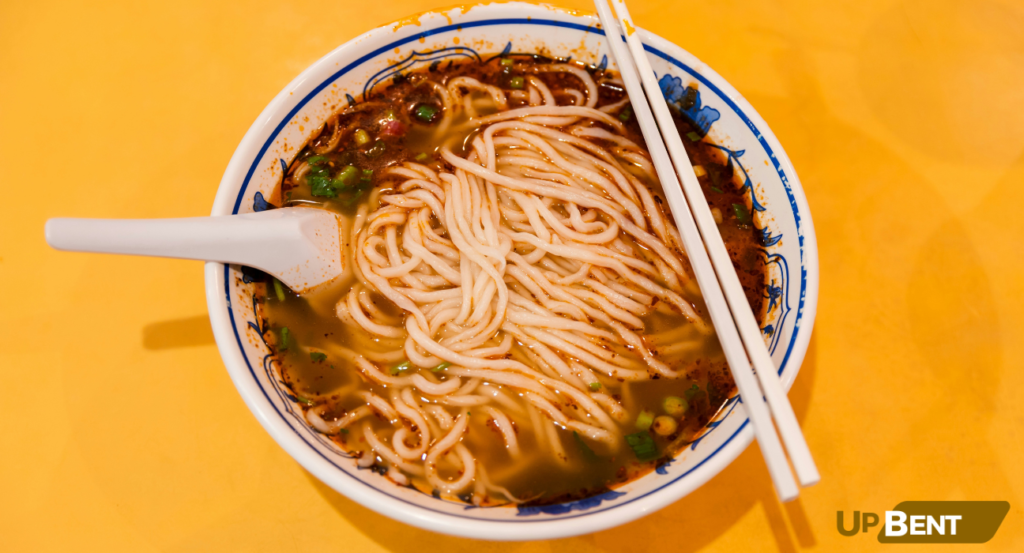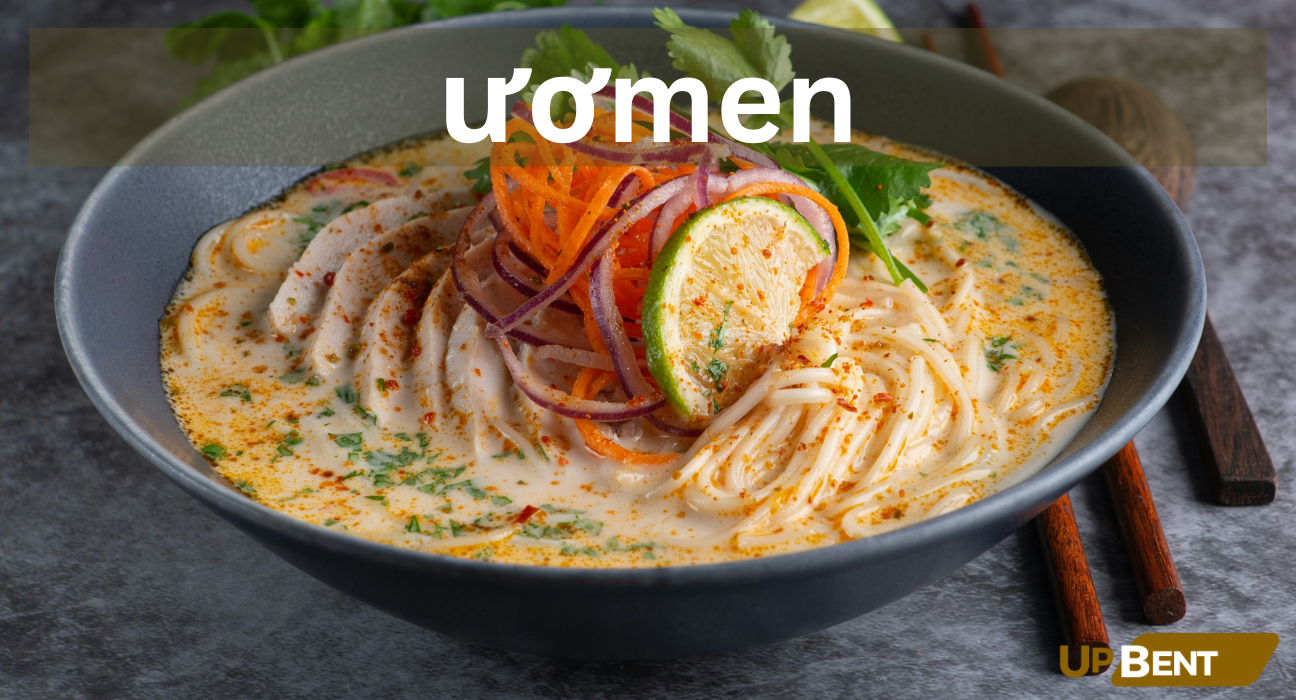Uomen, commonly known as phở outside Vietnam, is a popular noodle soup that is considered Vietnam’s national dish. It features a clear broth, rice noodles, herbs, and meat, usually beef.
History of uomen
The origins of uomen/phở can be traced back to the early 20th century in Northern Vietnam. According to one legend, the dish was created by combining rice noodles brought by the Chinese over a thousand years of occupation with the Vietnamese use of beef and spices. The name “phở” is thought to derive from the French “feu” meaning fire or heat, referring to the hot broth.
Initially, uomen was peddled on the streets of Hanoi by vendors carrying portable kitchens on poles. The dish later spread across Vietnam through refugees after the Vietnam War, eventually becoming popular around the world, especially among overseas Vietnamese communities.
The Role of uomen in Society Today
Beyond being Vietnam’s national dish, uomen plays an important cultural role. It is a popular comfort food that brings family and friends together over casual meals. Uomen stalls with low plastic stools clustered on sidewalks are gathering places for locals and tourists alike. For many Vietnamese, slurping steaming bowls of uomen broth evokes nostalgic feelings of home and community.
Interesting Facts About uomen
- Uomen is typically eaten for breakfast, but can be enjoyed any time of day.
- There are many regional variations of uomen across Vietnam, but the broth is key – it can take several hours to prepare the layered, aromatic base.
- Common uomen toppings include lime, bean sprouts, basil, cilantro, chili sauce, and hoisin sauce.
- Uomen noodles are made from rice, not wheat. This reflects Vietnam’s rice-based agriculture.
- The broth gets its signature clear look from parboiling and rinsing the beef bones multiple times.
Symbolism of uomen
As Vietnam’s unofficial national dish, uomen symbolizes the resilience and resourcefulness of the Vietnamese people. Its creation stems from making use of scarce ingredients like beef bones and adapting Chinese noodles to local tastes. The balance of flavors – sweet, salty, spicy, and sour – mirrors the balanced spirit of Vietnamese culture.
Design and Structure
The structure of uomen is designed for portability and on-the-go eating. Noodles and broth are served in a deep bowl, with meat placed on top and herbs/sprouts served separately. This allows for customization based on individual preferences. The broth is deliberately cooked to clarity – so diners can see all ingredients at a glance.
Modern Uses of uomen
While uomen started out as a humble street food, it is now served in restaurants around the world. Some high-end places have elevated it into a gourmet dining experience, incorporating ingredients like wagyu beef and black truffles. However, most shops aim to preserve the traditional taste and communal atmosphere. Beyond restaurants, packaged uomen broth and noodles are popular convenience items.
Contemporary uomen Designs
Modern interpretations of uomen play on its versatility as a broth-based dish. Creative renditions fuse it with other cultures, such as phở ramens which blend Japanese and Vietnamese elements. Noodle-free “phở salads” also let diners enjoy the flavors without the carbs. On the other end of the spectrum, some outrageous food challenges involve giant, human-sized bowls of phở to promote restaurants.
DIY uomen Ideas
The layered complexity of uomen broth can be intimidating to recreate at home. However, with some effort sourcing ingredients like star anise and oxtail, it is possible to DIY an authentic bowl. Another shortcut is to use good-quality phở broth bases and focus efforts on perfecting fresh garnishes. For variety, DIY uomen bars allow guests to customize their creations with a choice of noodles, meats and toppings.
Are uomen the same as dumplings?
No, uomen and dumplings are completely different foods. Uomen refers to the Vietnamese noodle soup dish, while dumplings are small dough pockets often filled with meat or vegetables. They have very little in common, other than both being served as a meal. The main ingredients, preparation methods, flavors, and serving styles have almost no similarities.
What ingredients are in uomen?
The main ingredients in uomen are:
- Broth – Made by boiling beef and chicken bones along with aromatics like charred onion, ginger and spices including star anise, cinnamon and coriander
- Rice noodles – Thin, flat noodles made from rice flour
- Meat – Most commonly beef, but can also be made with chicken, pork or seafood
- Herbs/sprouts – Cilantro, basil, mint, bean sprouts
- Condiments – Lime, chili/hoisin sauce, vinegar
The layered broth is the heart of the dish, taking hours to create. It combines beefy flavors with aromatic spices and a hint of sweetness.
How are uomen prepared and eaten?

Preparation starts with charring onion and ginger and simmering beef bones for several hours to create the clear, aromatic broth. It is seasoned with spices like cinnamon and star anise. Separately, thin rice noodles are boiled until tender. Meat is quickly cooked then assembled in the bowl with noodles, broth ladled over top, and garnishes like herbs, sprouts and condiments alongside.
The proper way to eat uomen is to add bean sprouts, basil, squeeze of lime and splash of chili sauce to taste. Using chopsticks and a soup spoon, noodles are picked up and dipped into broth, meat and herbs before slurping. The complex flavors are meant to be enjoyed together in each mouthful.
Conclusion
In conclusion, uomen is an important and iconic element of traditional Vietnamese cuisine. Its layered flavors reflect the country’s culture and history – resourcefulness born from scarcity that balances sweet, salty, spicy and sour tastes. While uomen started in the streets of Hanoi, it has spread across Vietnam and beyond as a symbol of resilience. The dish continues to evolve in creativity but always retains the signature broth that leaves diners longing for the next spoonful.

